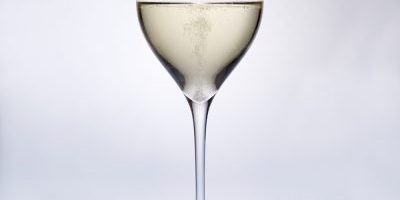The shape of a wine glass might seem purely aesthetic, but it’s a crucial element that can significantly impact the wine tasting experience. Wine enthusiasts and connoisseurs recognize that different glass shapes can enhance specific characteristics of different wines. In this exploration, we delve into the science behind wine glass shapes and how they elevate the wine experience.
Aromas and the Bowl: The bowl of a wine glass serves as a vessel for capturing and concentrating aromas. Larger bowls with ample space allow the wine to interact with oxygen, releasing and intensifying its aromatic bouquet. This is particularly important for red wines that require oxygen exposure to fully express their complex aromas.
Tapering and Concentration: The tapering shape of the bowl in wine glasses plays a role in concentrating aromas and directing them toward the nose. The narrower rim of the glass captures the aromas as they rise, enhancing your ability to perceive the nuanced scents that contribute to the wine’s overall character.
Effects on Flavor Perception: The shape of the bowl also impacts the way the wine interacts with your palate. Different parts of your tongue perceive different taste sensations. For example, a narrower bowl directs the wine to the front of your palate, where sweetness is detected, while a wider bowl directs it to the sides, enhancing the perception of acidity and bitterness.
Effervescence in Sparkling Wines: Sparkling wine glasses, like flutes and coupes, are designed to preserve the effervescence. The narrow shape of the flute minimizes the surface area exposed to air, preventing the bubbles from dissipating too quickly. The coupe, with its broader surface, allows for a different type of experience, encouraging the release of both aromas and bubbles.
Customization for Varietal Nuances: Wine glasses can be further customized for specific varietals. For example, a Bordeaux glass has a taller bowl that suits wines with higher tannin levels, while a Burgundy glass has a larger bowl to accommodate wines with delicate aromas and flavors.
In conclusion, the science behind wine glass shapes is a carefully crafted art that enhances the wine experience. From capturing aromas and concentrating flavors to customizing for varietal nuances, the shape of a wine glass acts as a guide that directs the wine’s journey from the bottle to your senses.


















